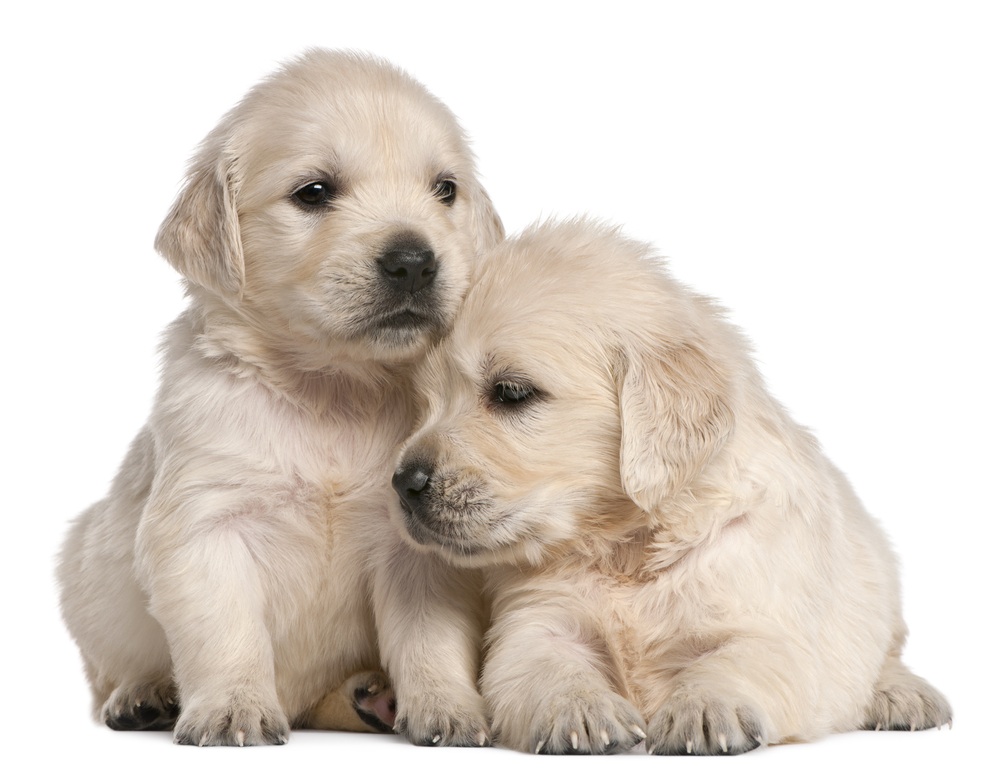Golden retriever
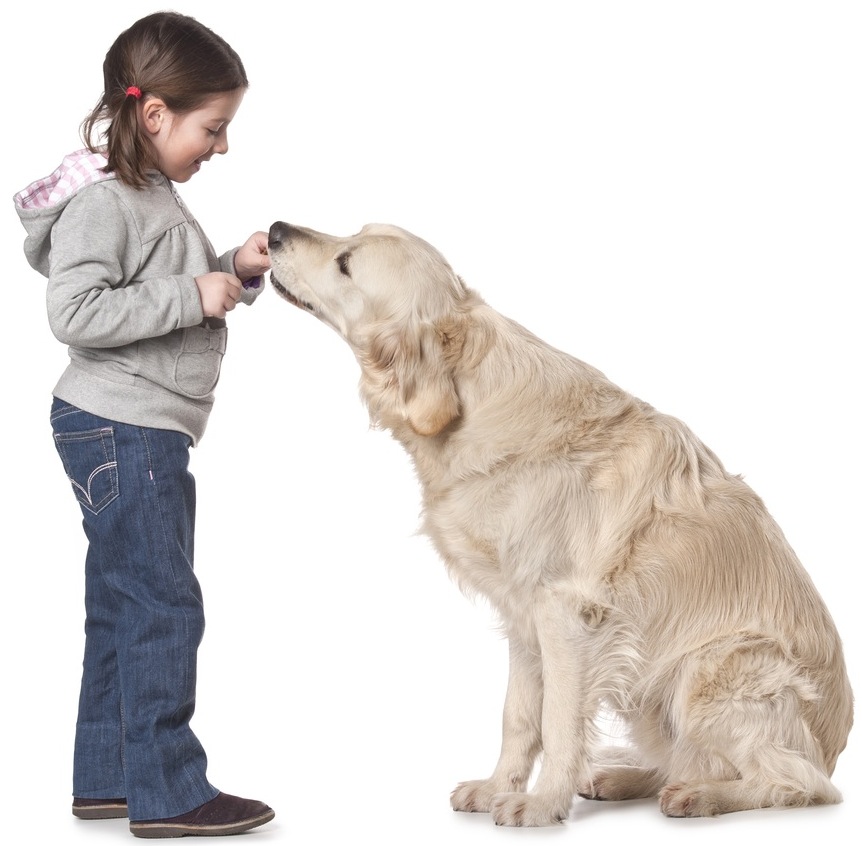
Good-natured, loyal and easy to train, these affectionate dogs make excellent family pets. They quickly learn to play ‘fetch’ and are highly valued as gundogs because of their retrieving skills.
Golden retrievers are also used as guide dogs for the blind, and, because of their sensitive hearing, have been trained to help deaf people too.
The breed is believed to have been developed by Lord Tweedmouth. He acquired a yellow retriever called Nous in 1865 and crossed him with Belle, a Tweed water spaniel, at his estate at Guisachan, near Inverness, which lay on the River Tweed in the Scottish Highlands. The first litter of four puppies was born shortly afterwards.
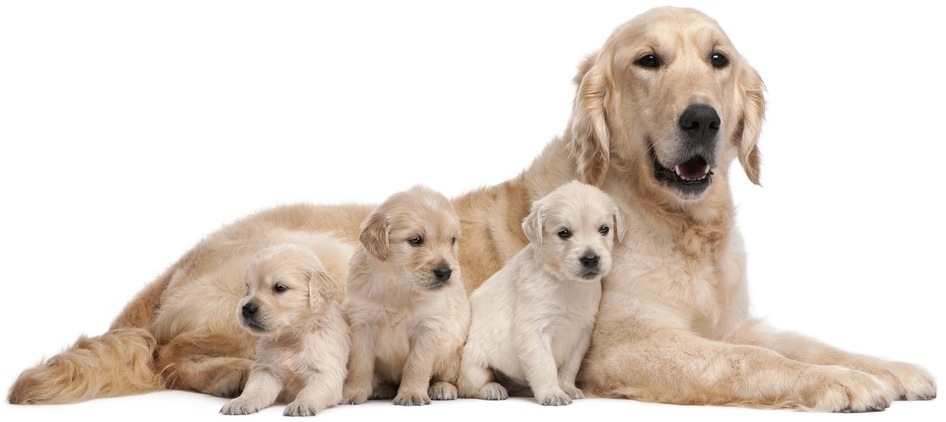
Subsequent development
The breed had the ideal qualities of a gundog. Its responsive nature and keenness to take to the water, combined with its swimming ability, made it a popular choice for retrieving waterfowl. Since then, it has proved very versatile, undertaking a wide variety of tasks, with its sense of smell resulting in the breed being trained to detect both drugs and explosives.
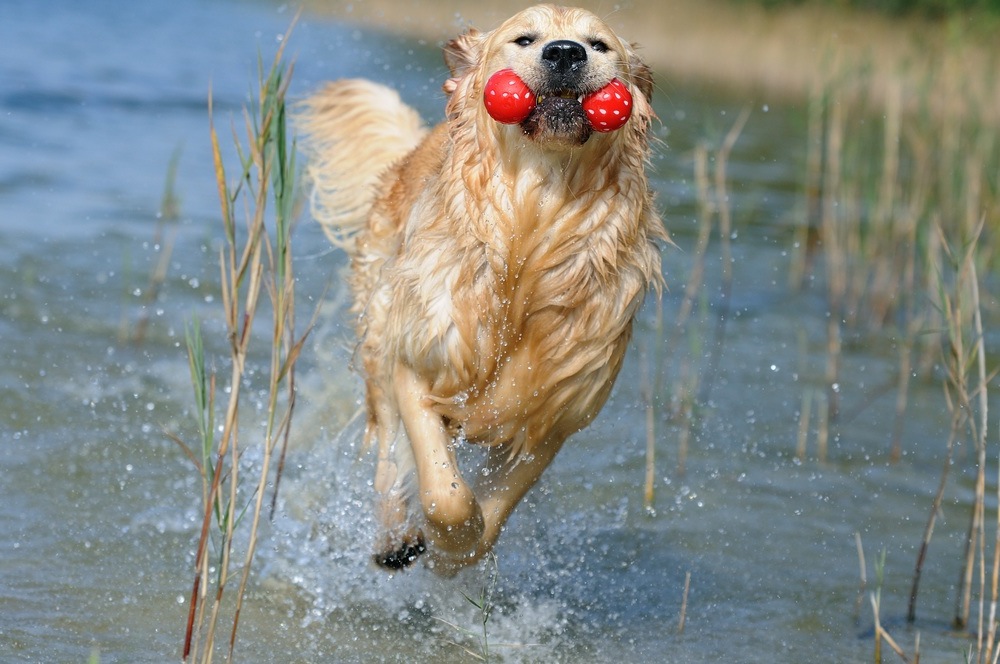
The golden retriever continued to be developed at Guisachan until the estate was sold in 1905. The dogs were known at first as flat-coated golden retrievers, but by 1920, they then became known simply as golden retrievers. The breed has since become one of the most popular in the world, consistently featuring near the top of breed registration lists in most countries.
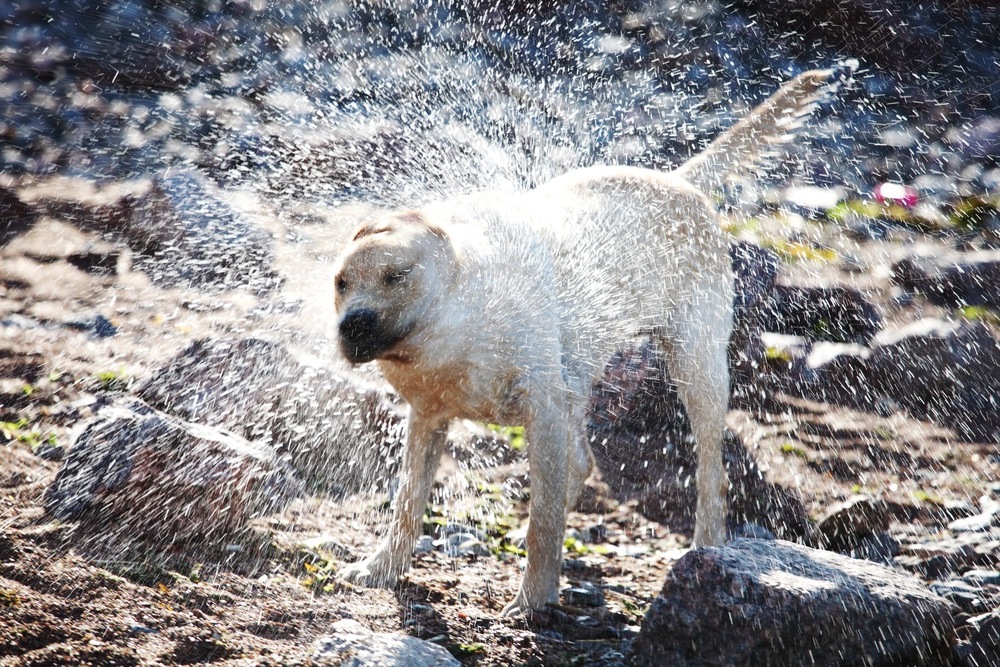
Golden retrievers obtained recognition from the American Kennel Club in 1925, some 14 years after the breed had been standardised in the UK. The North American lineage of golden retrievers is typified by having a slightly lankier appearance overall than its British counterpart, whose eyes are also more rounded in shape, and darker in colour.
Male dogs stand 56-61cm (22-24in) at the shoulder, weighing 30-34kg (66-75lb), with bitches being slightly smaller at 51-56cm (20-22in), and tipping the scales at 27-32kg (60-71lb). The shade of their colouration varies somewhat between individual dogs, ranging from cream to gold (see left). For show purposes, some white hairs on the chest are allowed, but white areas on other parts of the body are considered by judges to be a flaw in the case of this breed.
Factbox
Grooming needs: Moderate, with regular brushing being necessary, particularly in the spring when these dogs shed their thicker winter coat. The double-layered coat repels water, helping to prevent the coat from becoming water-logged, but wait for mud to dry on the legs, as it will be easier to brush out, rather than washing this part of your dog’s body after a walk.
Ease of training: Naturally responsive, but inclined to plunge readily into water at every opportunity, especially when young. Keep your dog on its leash in potentially dangerous situations therefore, where there could be powerful currents for example.
Health concerns: Research is on-going to find the genes which make golden retrievers susceptible to lymphoma (a cancer of the lymphatic system) and also haemangiosarcoma, another cancer, which, in this case, affects the blood vessels.
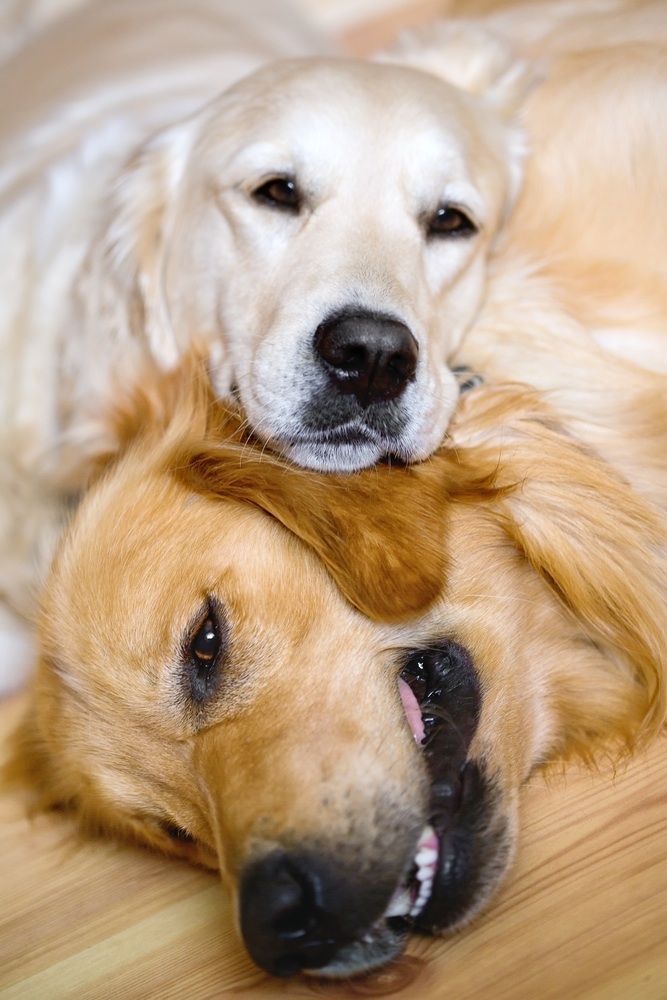
Best suited to: A family with older children or teenagers, given the breed’s athletic, energetic and playful nature. Can be rather boisterous alongside toddlers, and needs plenty of exercise at home, and on walks.
Did you know? I
f you are thinking of acquiring a puppy of this breed, check that its parents are certified free from hip dysplasia (HD), a weakness of the hip joints, and progressive retinal atrophy, which leads to blindness. The breed is also susceptible to pigmentary uveitis later in life - this is also thought to be an inherited condition, affecting the eyes.
